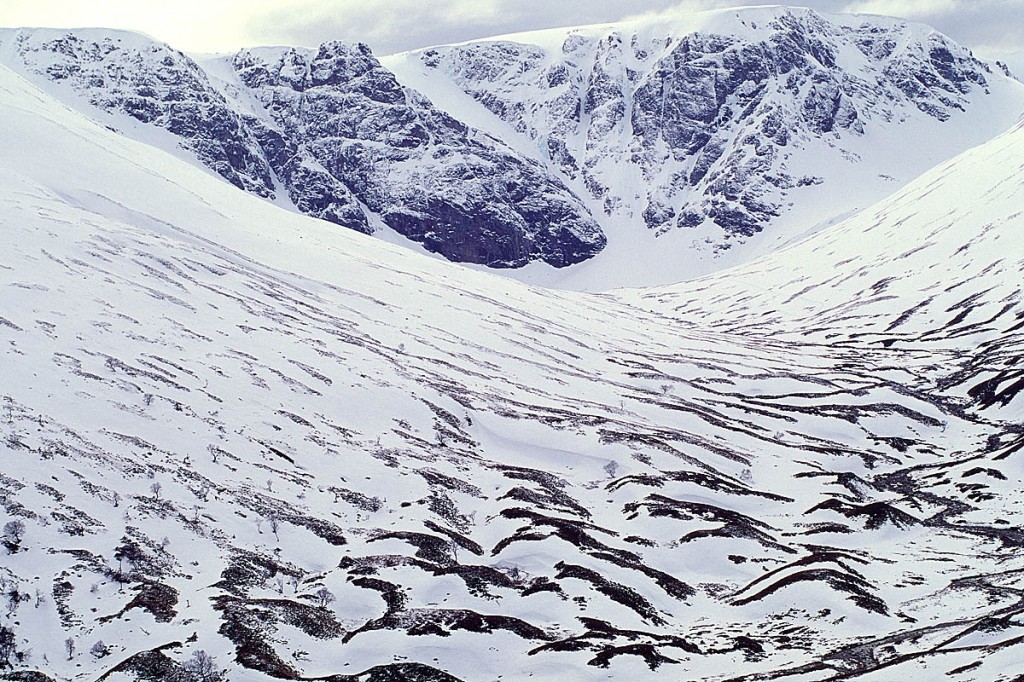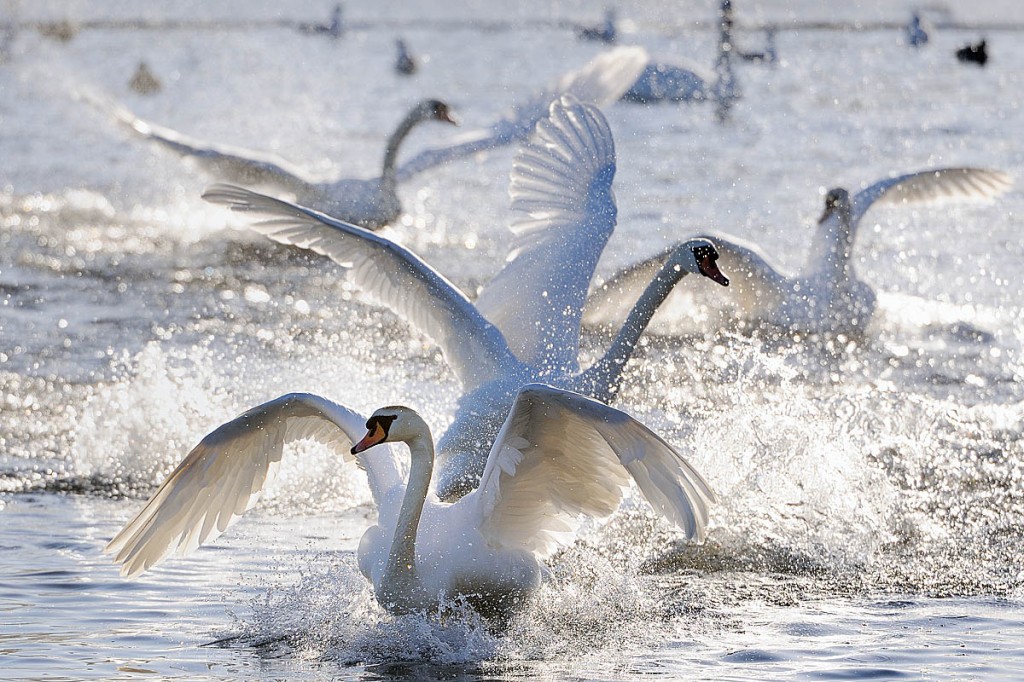Record numbers of visitors have visited Scotland’s national nature reserves during the year.
NatureScot, the official government body for the outdoors, estimated more than a million people enjoyed spending time in the reserves throughout 2020, and increase from previous years’ figures of 650,000.
There are 43 national nature reserves in Scotland, which have nationally or internationally important species and habitats and which are maintained to provide opportunities for visitors to experience these.
NatureScot Chief Executive Francesca Osowska said: “People throughout Scotland have been enjoying spending time outdoors more than ever in 2020.
“Nature is helping us all cope with anxiety throughout this difficult time and strengthening our resilience.
“I’d encourage people to get out and enjoy their local national nature reserves over the holiday season, following the latest government guidelines. Our nature reserve staff have highlighted some spectacular sights to see on our reserves this winter.”
Current Scottish Government regulations allow travel for outdoor exercise such as walking, cycling, running and climbing in groups of up to six people from more than two households. The whole of the mainland of Scotland is currently in tier four, meaning people must stay within their local authority area except for activities such as taking exercise. The government said this should start and finish at the same place and should be within five miles from the boundary of a person’s local authority. Travel into Scotland from other UK areas is not allowed.
NatureScot said winter is a wonderful time to continue the 2020 habit of getting out into nature. “There’s plenty to see on nature reserves, from swans, geese, waders, finches and other songbirds to grey seals and deer,” it said.
The agency suggested several reserves worth a visit. “In Tayside, there’s a special treat at Burleigh Sands at the Loch Leven nature reserve, with a unique take on the 12 days of Christmas. Follow the signs to find the 12 Birds of Christmas, which end at a bird hide where visitors can hopefully then spot all the birds from the trail and be able to identify them.
“In north-east Scotland at Forvie reserve, the Ythan Estuary is buzzing with birdlife: the swans, as well as pink-footed geese from Iceland and a myriad of waders and ducks from Arctic regions gather here. Lucky visitors might cross paths with an otter at dawn or dusk – try Waulkmill hide or Waterside Bridge. The number of grey seals will gradually increase over the winter; be sure to view them from across the river at Newburgh beach to avoid disturbance.
“In south Scotland, birdwatching in winter at Caerlaverock reserve is spectacular. Visitors can watch the geese in their characteristic V-shaped skeins during morning and evening. The sight and sound of thousands of geese in the air at sunrise or sunset is unforgettable. Barnacle geese can also be seen settled on the saltmarsh most days. There are also oystercatchers, curlew, redshanks, shelduck, pintails, and knot on the reserve now. This year, the reserve has seen a good number of little egrets, with their distinctive black legs and yellow feet, with over 40 recorded at the latest count.
“In the Highlands, a walk around the lower trails at Creag Meagaidh reserve will reveal large flocks of finches, such as chaffinches, brambling, linnet and goldfinches, feeding on wildlife-friendly crops. There is also a wide range of woodland birds. In the morning, look for black grouse which have a strong population on the reserve. The higher path is likely to have snow at this time of year, but offers amazing views, with possible sightings of red deer, raven and golden eagle.”
Ms Osowska added: “It’s been amazing to see so many people enjoying our reserves this year, but we’d also like to remind people to protect our reserves for future generations. For example please don’t litter or light campfires, as these can damage plants, trees and wildlife.”


Scottie from Scotland
22 December 2020Yes, brilliant idea, lets encourage even more people into these places who wouldn't normally go there. The only reason for the increase in visitors is because people have had nothing else to do this year. This has brought people with no respect or consideration for the places they've gone for something to do.
Don't forget your BBQs, there's plenty of woodland and ground to light them on and don't bother about taking your litter home "It's OK, someone else'll pick it up".
MunroMaiden
22 December 2020Have to agree with Scottie - and don't forget parking wherever they feel like it, jamming single track roads and preventing access for emergency services.
Tramcar
22 December 2020The whole idea of wild places is that they are wild, remote and ...... unpopulated!
Remember - no travelling outside your local authority area.